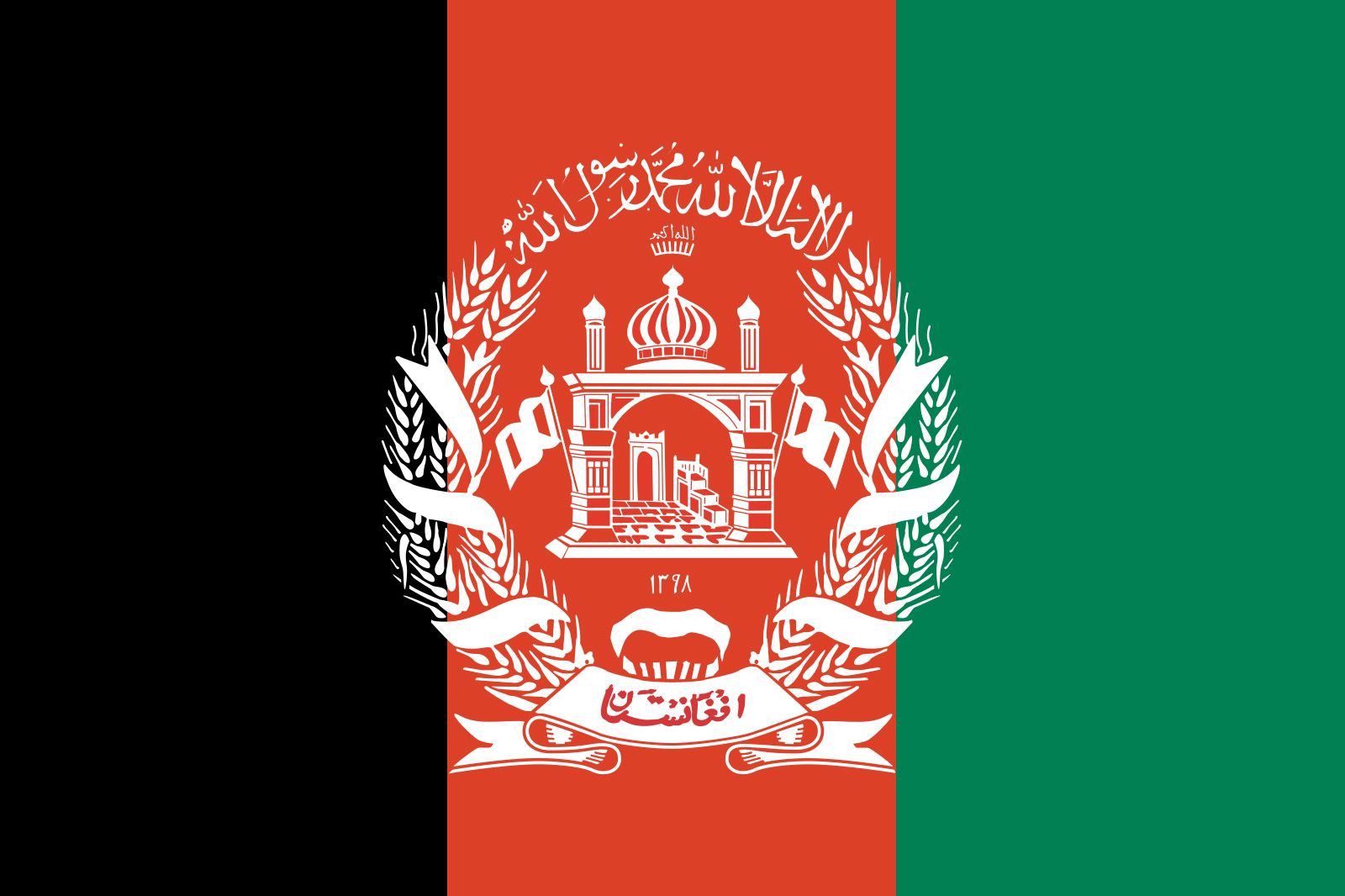
In music and dance, a revival of traditional folksinging has gone hand in hand with the imitation of modern Western and Indian music. Afghan music is different from Western music in many ways, particularly in its scales, note intervals, pitch, and rhythm, but it is closer to Western than to Asian music. Afghans celebrate their religious or national feast days, and particularly weddings, by public dancing. The performance of the attan dance in the open air has long been a feature of Afghan life. It became the national dance of the Pashtun and then of the entire country. Under the Taliban regime, however, all performances of music and dance—and even listening to or watching the same—were forbidden as un-Islamic.
Afghanistan’s literary heritage is among the richest in Central Asia and is heir to a number of ethnic and linguistic traditions. Herāt, in particular, was a noted centre of Persian literary and scholarly pursuit; the Arabic-language author al-Hamadhānī settled there in the 10th century, as did the famous Persian-language poet Jāmī 500 years later. The theologian Fakhr al-Dīn al-Rāzī settled in Herāt in the 12th century, and in the following century the city of Balkh, once a great centre of learning, was the birthplace of the renowned poet Jalāl al-Dīn al-Rūmī (although the latter left the region at a young age). The great Afghan chieftain and poet Khushḥāl Khan Khaṭak founded Pashto literature in the 17th century.
Archaeological research carried out since 1922 has uncovered many fine works of art of the pre-Islamic and Islamic periods. A revival of the traditional arts and an interest in new forms of expression have given a new dynamism to artistic creation. Of the new painters, some draw direct inspiration from the Herāt school of the 15th-century Timurid period; others are influenced by Western styles. Between the early 1950s and mid-1970s the government encouraged the restoration and redecoration of some of the old monuments of architectural value. However, the world-renowned ancient statues of Buddha in the caves of Bamiyan in central Afghanistan were destroyed in 2001 after the Taliban condemned them as idolatrous. The destruction was denounced worldwide.
The School of Fine Arts was established in Kabul in the 1930s. In architecture the traditional Timurid techniques are preserved, particularly in the design of the exterior walls of mosques or tombs. Handicrafts include the world-renowned Afghan carpets and copper utensils. Afghanistan’s cultural institutions suffered greatly during the period of civil war, particularly under the successive mujahideen and Taliban regimes; most are now either defunct or in abeyance. In February 2002, however, the National Gallery of Art reopened its doors after having managed to hide many of the treasures under its care during the Taliban rule.
Sports and recreation
Afghanistan’s traditional sports are individualistic and generally martial—even the childhood pastime of kite flying takes on a competitive edge, as youths often engage in contests to sever the kite strings of competitors. Wrestling, for individual and group honour, is universal, and shooting, both for game and for sport, is widespread. The sturdy and agile Afghan hound, popular in the West for its beauty, originally was bred for speed, agility, and hunting ability. The foremost sport in terms of popularity is indisputably the game of buzkashī. Often termed the Afghan national pastime, this rugged contest pits horsemen—sometimes in teams but often as individuals—against one another in a challenge to secure the headless carcass of a goat or calf (weighing about 50–100 pounds [20–40 kg]) and carry it to a goal while simultaneously fending off competitors.
Western-style team sports never gained widespread popularity in Afghanistan, but the country made its first Olympic appearance in the 1936 Summer Games. It has since fielded teams only intermittently. Afghanistan has never sent athletes to the Winter Games.
Media and publishing
Traditionally, the regimes that have ruled Afghanistan have had little tolerance for a free press. This was especially true under the Taliban. Since the Taliban’s demise, the local press has exploded with new publications. Dozens of new papers and magazines have appeared, about one-third government-controlled and most weeklies. High production costs and a shortage of printing facilities has left the country with only one regularly appearing daily newspaper, a state-owned publication, Arman. The country’s low rate of literacy has limited the number of readers, but the long-standing practice of reading newspapers aloud in public places has greatly expanded the number of Afghans who have access to the printed word. Censorship has not been widely practiced by the interim government.
Marvin G. Weinbaum
